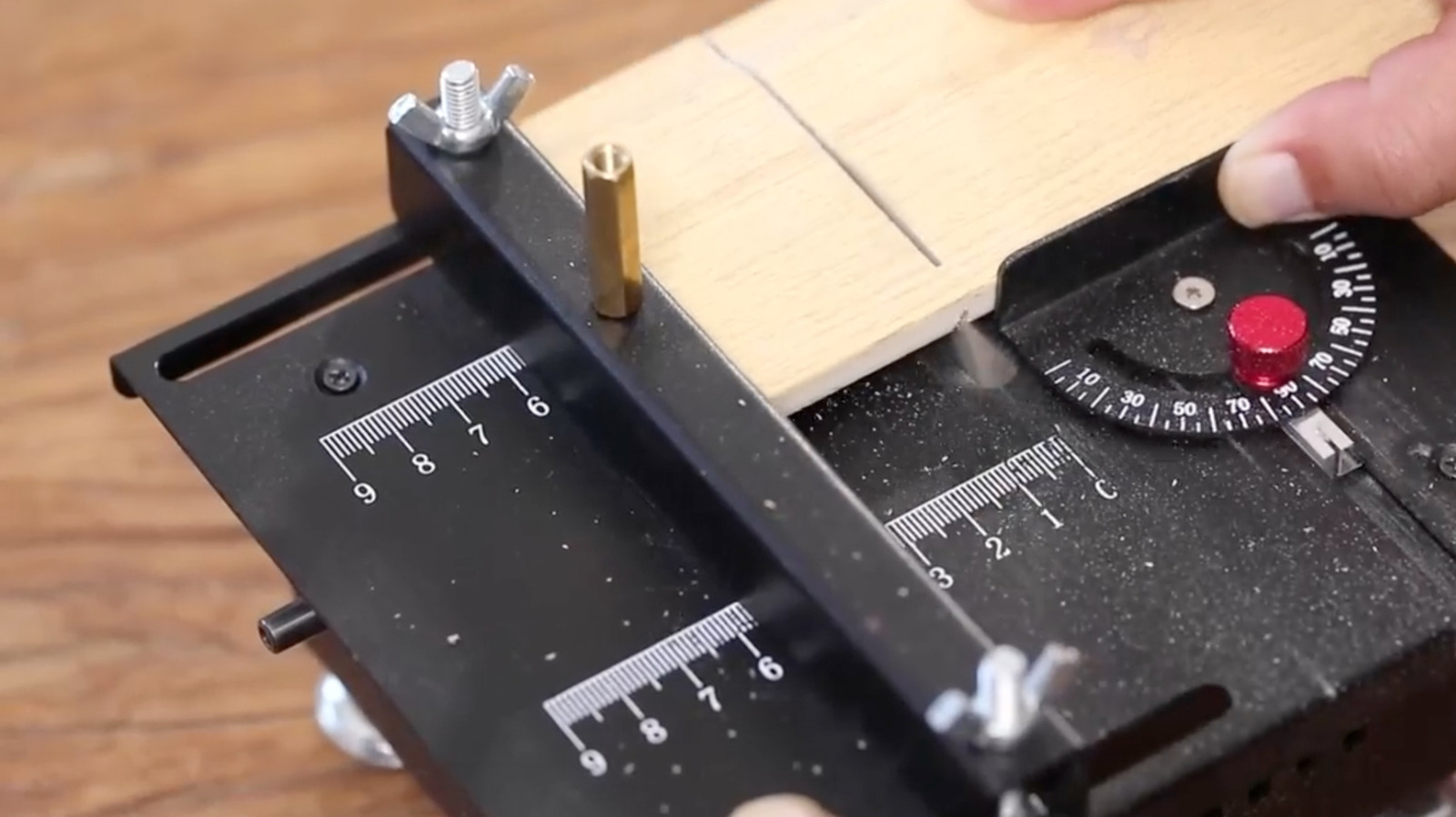Hackaday Links: May 4, 2025
By now, you’ve probably heard about Kosmos 482, a Soviet probe destined for Venus in 1972 that fell a bit short of the mark and stayed in Earth orbit for …read more


By now, you’ve probably heard about Kosmos 482, a Soviet probe destined for Venus in 1972 that fell a bit short of the mark and stayed in Earth orbit for the last 53 years. Soon enough, though, the lander will make its fiery return; exactly where and when remain a mystery, but it should be sometime in the coming week. We talked about the return of Kosmos briefly on this week’s podcast and even joked a bit about how cool it would be if the parachute that would have been used for the descent to Venus had somehow deployed over its half-century in space. We might have been onto something, as astrophotographer Ralf Vanderburgh has taken some pictures of the spacecraft that seem to show a structure connected to and trailing behind it. The chute is probably in pretty bad shape after 50 years of UV torture, but how cool is that?
Parachute or not, chances are good that the 495-kilogram spacecraft, built to not only land on Venus but to survive the heat, pressure, and corrosive effects of the hellish planet’s atmosphere, will at least partially survive reentry into Earth’s more welcoming environs. That’s a good news, bad news thing: good news that we might be able to recover a priceless artifact of late-Cold War space technology, bad news to anyone on the surface near where this thing lands. If Kosmos 482 does manage to do some damage, it won’t be the first time. Shortly after launch, pieces of titanium rained down on New Zealand after the probe’s booster failed to send it on its way to Venus, damaging crops and starting some fires. The Soviets, ever secretive about their space exploits until they could claim complete success, disavowed the debris and denied responsibility for it. That made the farmers whose fields they fell in the rightful owners, which is also pretty cool. We doubt that the long-lost Kosmos lander will get the same treatment, but it would be nice if it did.
Also of note in the news this week is a brief clip of a Unitree humanoid robot going absolutely ham during a demonstration — demo-hell, amiright? Potential danger to the nearby engineers notwithstanding, the footage is pretty hilarious. The demo, with a robot hanging from a hoist in a crowded lab, starts out calmly enough, but goes downhill quickly as the robot starts flailing its arms around. We’d say the movements were uncontrolled, but there are points where the robot really seems to be chasing the engineer and taking deliberate swipes at the poor guy, who was probably just trying to get to the e-stop switch. We know that’s probably just the anthropomorphization talking, but it sure looks like the bot had a beef to settle. You be the judge.
Also from China comes a report of “reverse ATMs” that accept gold and turn it into cash on the spot (apologies for yet another social media link, but that’s where the stories are these days). The machine shown has a hopper into which customers can load their unwanted jewelry, after which it is reportedly melted down and assayed for purity. The funds are then directly credited to the customer’s account electronically. We’re not sure we fully believe this — thinking about the various failure modes of one of those fresh-brewed coffee machines, we shudder to think about the consequences of a machine with a 1,000°C furnace built into it. We also can’t help but wonder how the machine assays the scrap gold — X-ray fluorescence? Ramann spectroscopy? Also, what happens to the unlucky customer who puts some jewelry in that they thought was real gold, only to be told by the machine that it wasn’t? Do they just get their stuff back as a molten blob? The mind boggles.
And finally, the European Space Agency has released a stunning new image of the Sun. Captured by their Solar Orbiter spacecraft in March from about 77 million kilometers away, the mosaic is composed of about 200 images from the Extreme Ultraviolet Imager. The Sun was looking particularly good that day, with filaments, active regions, prominences, and coronal loops in evidence, along with the ethereal beauty of the Sun’s atmosphere. The image is said to be the most detailed view of the Sun yet taken, and needs to be seen in full resolution to be appreciated. Click on the image below and zoom to your heart’s content.





































































































































































![[The AI Show Episode 145]: OpenAI Releases o3 and o4-mini, AI Is Causing “Quiet Layoffs,” Executive Order on Youth AI Education & GPT-4o’s Controversial Update](https://www.marketingaiinstitute.com/hubfs/ep%20145%20cover.png)




























































































































![[DEALS] Microsoft 365: 1-Year Subscription (Family/Up to 6 Users) (23% off) & Other Deals Up To 98% Off – Offers End Soon!](https://www.javacodegeeks.com/wp-content/uploads/2012/12/jcg-logo.jpg)




![From Art School Drop-out to Microsoft Engineer with Shashi Lo [Podcast #170]](https://cdn.hashnode.com/res/hashnode/image/upload/v1746203291209/439bf16b-c820-4fe8-b69e-94d80533b2df.png?#)




















![Re-designing a Git/development workflow with best practices [closed]](https://i.postimg.cc/tRvBYcrt/branching-example.jpg)




















































































(1).jpg?#)






























_Inge_Johnsson-Alamy.jpg?width=1280&auto=webp&quality=80&disable=upscale#)




























































































![The Material 3 Expressive redesign of Google Clock leaks out [Gallery]](https://i0.wp.com/9to5google.com/wp-content/uploads/sites/4/2024/03/Google-Clock-v2.jpg?resize=1200%2C628&quality=82&strip=all&ssl=1)
![What Google Messages features are rolling out [May 2025]](https://i0.wp.com/9to5google.com/wp-content/uploads/sites/4/2023/12/google-messages-name-cover.png?resize=1200%2C628&quality=82&strip=all&ssl=1)














![New Apple iPad mini 7 On Sale for $399! [Lowest Price Ever]](https://www.iclarified.com/images/news/96096/96096/96096-640.jpg)
![Apple to Split iPhone Launches Across Fall and Spring in Major Shakeup [Report]](https://www.iclarified.com/images/news/97211/97211/97211-640.jpg)
![Apple to Move Camera to Top Left, Hide Face ID Under Display in iPhone 18 Pro Redesign [Report]](https://www.iclarified.com/images/news/97212/97212/97212-640.jpg)
![Apple Developing Battery Case for iPhone 17 Air Amid Battery Life Concerns [Report]](https://www.iclarified.com/images/news/97208/97208/97208-640.jpg)






































































































